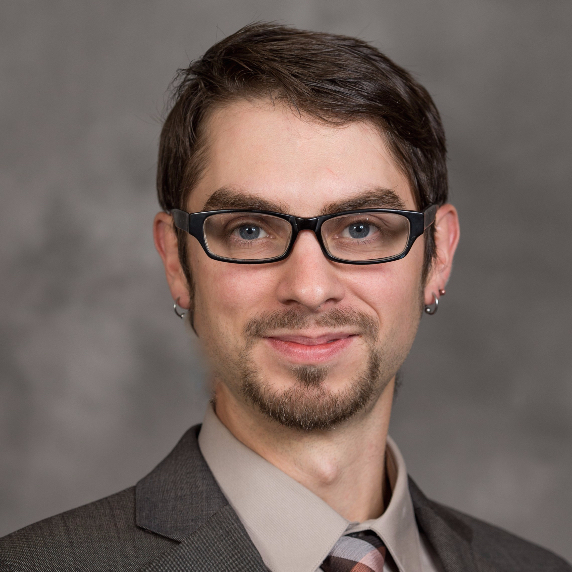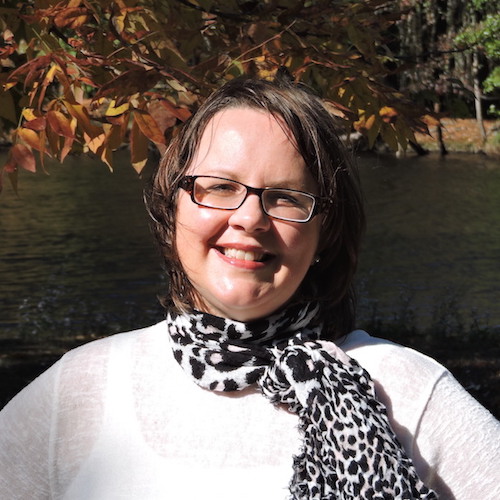Dalen Butler, M.A.C.S. ’14

Bringing a hidden culture to light
D
alen Butler’s grandmother didn’t mind being called a Gypsy, in fact, she preferred it. Today, though, Romani people have largely cast off that name, believed to derive from a misconception that the scattered Roma originated in Egypt. For Butler, though, his own family was the inspiration for his scholarly interests.
“That’s how I got interested in it,” he says. “Growing up, my grandmother had an accent and there was something a little bit different about her, compared to other grandparents. So that was my introduc- tion into the Romanichal culture.”
The Romanichal play an outsized role in literature and popular culture, from Victorian literature through reality television’s My Big Fat Gypsy Wedding. The reality, though, is somewhat less romantic. Roma have been the victims of discrimination and outright persecu- tion in every country they have come to. Despite this, or perhaps as a result, many Romanichals have maintained a unique cultural identity.
While pursuing his undergraduate degree in environmental studies at Northland College in northern Wisconsin, Butler became interested in the intersec- tion between scientific knowledge and traditional storytelling among the area’s Native American population.
“I changed from the ‘hard sciences’— in quotes—to the social sciences,” he says, “but I saw them both as interacting together. That’s where I got more involved in the idea of cultural sustainability— anthropology, history, stuff like that.”
For Goucher’s Master of Arts in Cultural Sustainability program, Butler decided to focus on Romani culture, specifically the Romanichals who found themselves in America, like his grandmother.
“That was something I was really always interested in,” he says. “It became my focus at Goucher, and now my plan is to tease out the American experience with Roma, basically throughout the 20th century… looking at it more in modernity, trying to trace the history and the way that Roma cultures—and that’s a broad term— have either resisted assimilation, attempts to deal with identity and barriers, and how the role of the state plays into that.”
Butler focused on the so-called “Decade of Roma Inclusion,” an intergovernmental effort to improve the representation of Roma in twelve European member-countries, which ran from 2005 to 2015. The Decade Secretariat’s final report, titled, “A Lost Decade?” largely admitted that the effort was a failure. Butler lays most of the blame to the governments’ unwillingness to involve Roma in their own inclusion, while outside forces like the rise of radical right-wing parties in Europe conspired to make things worse.
Partly because of that history, Butler believes, it’s hard to say how many Roma currently live in the United States.
“A lot of people don’t want to self-identify as Roma,” he says, “because if you do, you’ll be treated the way Roma are treated in Europe. And many of the families like my own, they lost language, they lost the cultural things.”
Butler hopes to continue his studies of this culture in America, a culture that often goes unnoticed in the wake of old stereotypes and a desire to keep itself apart from the mainstream.
“We have many different Roma groups here,” he says, “and it’s important for us to look at these dynamics, especially in a time of heightened racial tension, and people really starting to tease out the issues in our society in terms of how we look at race, how we look at identity. And it’s not just a black and white issue, or a Chicano and white issue. There are people here who have also dealt with this for hundreds of years.”
—Chris Landers


Goucher Social Media